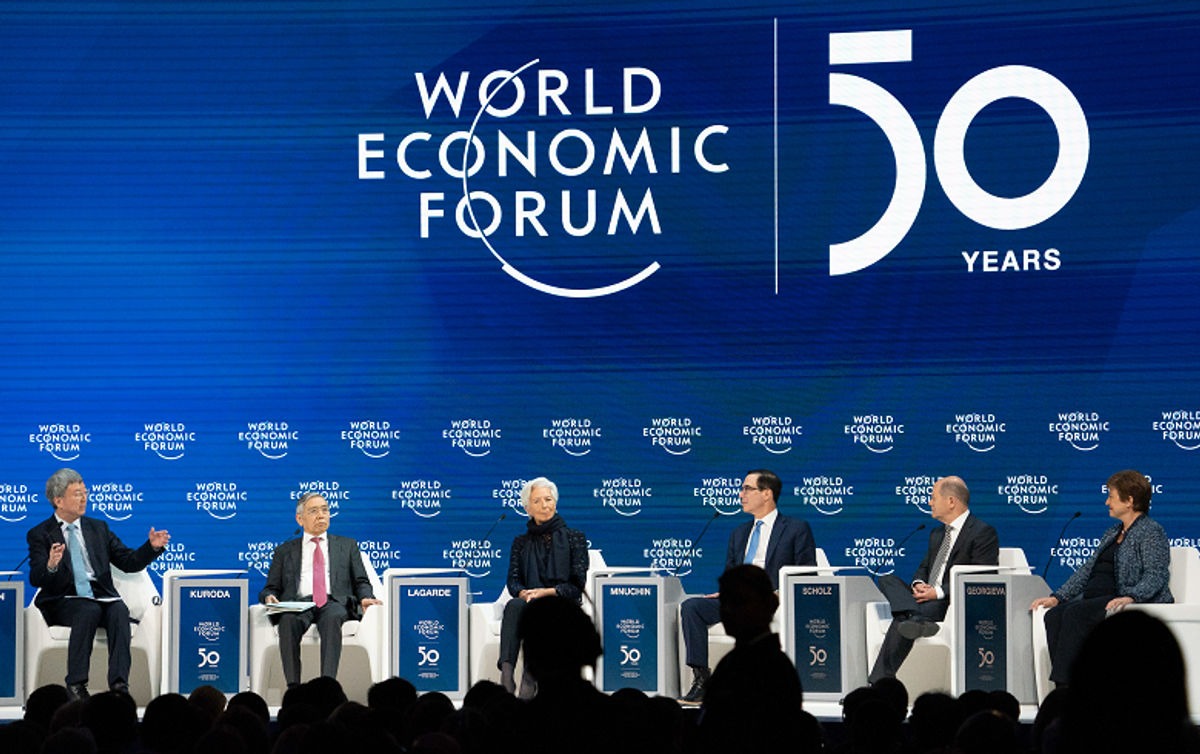Romania Announces Framework for Hydrogen Integration

In Romania, parliament has recently adopted a new law on the integration of hydrogen from renewable and low-carbon sources in the industry and transport sectors.
The long awaited Hydrogen Law establishes obligations on fuel suppliers to provide fuels from renewable sources and sets minimum percentages of hydrogen from renewable sources in fuel used in Romania.
The priority of the Hydrogen Law is to increase the country’s energy production capacity and to strengthen Romania’s energy security, thus achieving the targets set by Romania’s National Recovery and Resilience Plan (PNRR) for regulating the hydrogen market in Romania.
Hydrogen laws keep Romania to account
According to the Hydrogen Law, the fuel suppliers must ensure until 2030 that the energy value from the amount of non-biological renewable fuels supplied to the market in Romania and used in the transport sector during one year is at least equal to 5% of the energy content of all fuels supplied for consumption or market use in Romania.
In addition, each fuel supplier is obliged to ensure that the energy value from the amount of non-biological renewable fuels and electricity from renewable sources used for electro-mobility supplied on the market in Romania and used in the transport sector in the period for 2024 to 2029 is the following percentages of energy content of all fuels placed on the market in Romania in that year:
- at least equal to 0% in 2024;
- 5% in 2025;
- 1% in 2026;
- 2% in 2027;
- 3% in 2028;
- 5% in 2029.
Not complying with these targets will result in a fine calculated by multiplying each megajoule (MJ) of fuel from non-biological renewable sources not achieved to reach minimum percentages with a value established by a government decision that cannot be less than RON 0.25 per MJ.
Ambitious targets to reach 2035 neutrality
Targets have also been set for the industrial hydrogen consumers. According to the Hydrogen Law, each industrial consumer of hydrogen must ensure that out of the hydrogen used in industry:
- From 2030 onwards, at least 50% will be fuel from non-biological renewable sources or low carbon hydrogen and at least 42% from non-biological renewable resources; and
- From 2035 onwards, at least 75% will be fuel from non-biological renewable sources or low carbon hydrogen and at least 65% from non-biological renewable resources.
Failure to comply with these objectives is also sanctioned by a fine. The level of the fine is calculated by multiplying each MJ, which was not achieved with a value set by government decision that cannot be less than RON 0.17 per MJ.
To certify the achievement of these targets, the National Energy Regulatory Authority (ANRE) will issue Renewable hydrogen supply certificates and Low carbon hydrogen supply certificates, which correspond to an energy value of 120 MJ per certificate, are valid for 24 months and are tradeable.
Industrial hydrogen consumers will have an obligation to submit to the Ministry of Energy a report containing information about the quantities and type of consumed hydrogen, the consuming industrial processes and their locations, the origin of the hydrogen consumed, the energy source used for its production, necessary quantities of renewable fuels of non-biological origin and low carbon hydrogen, strategy for procurement, necessary modifications to hydrogen-using industrial processes, and costs.
The first report will be drawn up and submitted by 30 June 2025 and every two years thereafter.
The Hydrogen Law is aligned with both the National Hydrogen Strategy and the European strategies for hydrogen development and REPowerEU.

